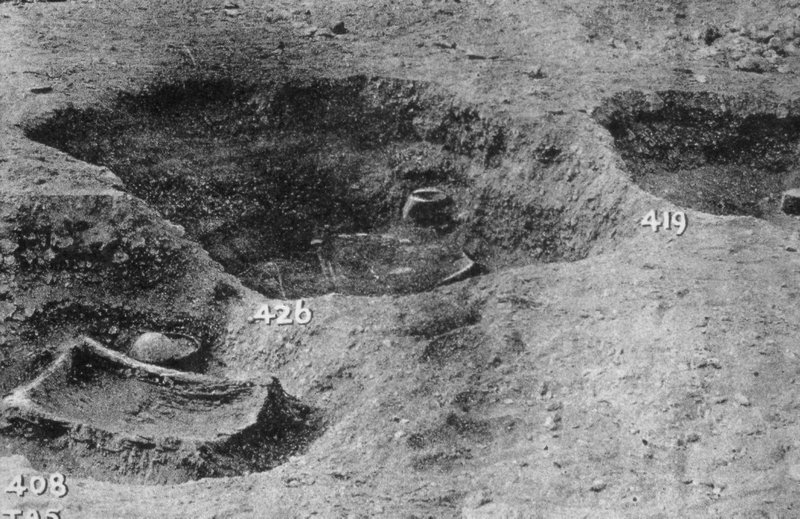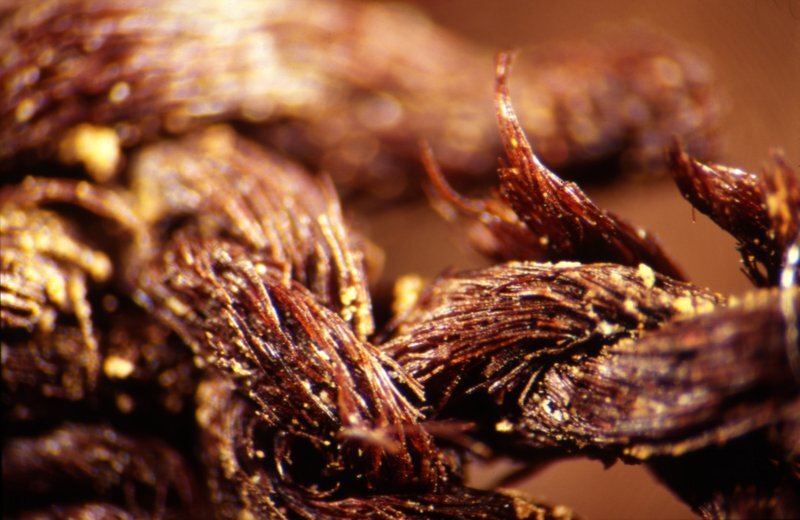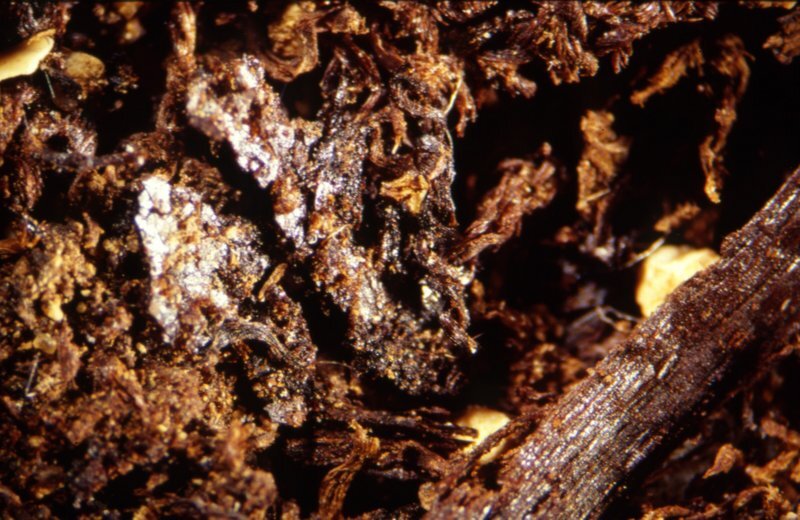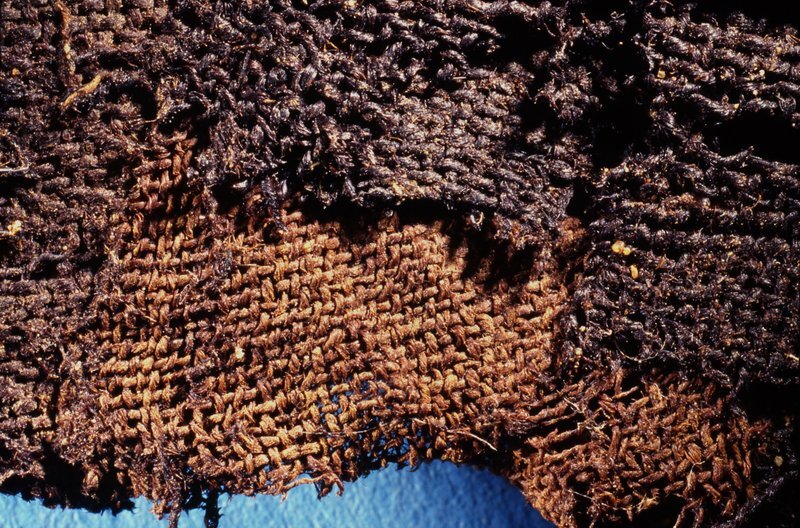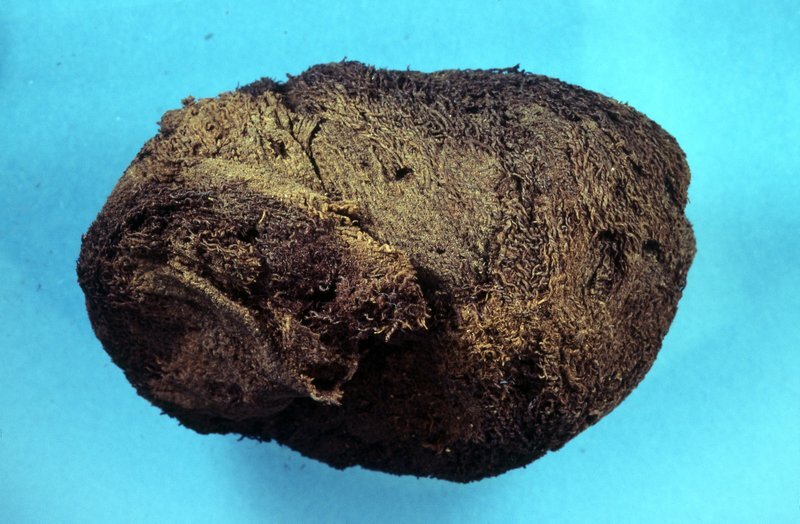
Researchers from the Universities of York, Macquarie and Oxford have discovered new evidence to suggest that the origins of mummification started in ancient Egypt 1,500 years earlier than previously thought.
Traditional theories on ancient Egyptian mummification suggest that in prehistory — the Late Neolithic and Predynastic periods between c. 4500 and 3100 B.C. — bodies were desiccated naturally through the action of the hot, dry desert sand. Scientific evidence for the early use of resins in artificial mummification has, until now, been limited to isolated occurrences during the late Old Kingdom (c. 2200 BC). Their use became more apparent during the Middle Kingdom (c. 2000-1600 BC).
But an 11-year study by the York, Macquarie and Oxford team identified the presence of complex embalming agents in linen wrappings from bodies in securely provenanced tombs in one of the earliest recorded ancient Egyptian cemeteries at Mostagedda, in the region of Upper Egypt.
“For over a decade I have been intrigued by early and cryptic reports of the methods of wrapping bodies at the Neolithic cemeteries at Badari and Mostagedda,” said Dr Jana Jones of Macquarie University, Sydney. “In 2002, I examined samples of funerary textiles from these sites that had been sent to various museums in the United Kingdom through the 1930s from Egypt. Microscopic analysis with my colleague Mr Ron Oldfield revealed resins were likely to have been used, but I wasn’t able to confirm my theories, or their full significance, without tapping into my York colleague’s unique knowledge of ancient organic compounds.”
_______________________________
Graves at Mostagedda. Late Neolithic/Tasian. Mostagedda and the Tasian Culture (London 1937) Courtesy G. Brunton
__________________________________________
Dr Jones initiated the research and led the study jointly with Dr Stephen Buckley, a Research Fellow at the University of York.
“Such controversial inferences challenge traditional beliefs on the beginnings of mummification,” said Dr Jones. “They could only be proven conclusively through biochemical analysis, which Dr Buckley agreed to undertake after a number of aborted attempts by others. His knowledge includes many organic compounds present in an archaeological context, yet which are often not in the literature or mass spectra libraries.”
Dr Buckley, who is also a corresponding author of the published study on the research, used a combination of gas chromatography-mass spectrometry and sequential thermal desorption/pyrolysis to identify a pine resin, an aromatic plant extract, a plant gum/sugar, a natural petroleum source, and a plant oil/animal fat in the funerary wrappings.
Predating the earliest scientific evidence by more than a millennium, these embalming agents constitute complex, processed recipes of the same natural products, in similar proportions, as those employed at the zenith of Pharaonic mummification some 3,000 years later.
Dr Buckley, who designed the experimental research and conducted the chemical analyses, said: “The antibacterial properties of some of these ingredients and the localised soft-tissue preservation that they would have afforded lead us to conclude that these represent the very beginnings of experimentation that would evolve into the mummification practice of the Pharaonic period.”
Dr Buckley added: “Having previously led research on embalming agents employed in mummification during Egypt’s Pharaonic period it was notable that the relative abundances of the constituents are typical of those used in mummification throughout much of ancient Egypt’s 3000 year Pharaonic history. Moreover, these resinous recipes applied to the prehistoric linen wrapped bodies contained antibacterial agents, used in the same proportions employed by the Egyptian embalmers when their skill was at its peak, some 2500-3000 years later.”
_________________________________
From Mostagedda, Late Neolithic. Flax yarn from wrappings, heavily impregnated with resin. Courtesy Ron Oldfield and Jana Jones
_________________________________
From Mostagedda, Tomb No. 1215, Late Neolithic. Funerary textile with ‘resin’, fragments of bone and reed matting. Courtesy Ron Oldfield and Jana Jones
_________________________________
From Mostagedda, Early Predynastic. Two layers of textile, the inner impregnated with embalming substances. Courtesy Ron Oldfield and Jana Jones
________________________________
From Mostagedda, Early Predynastic. Multiple layers of wrappings with ‘resins’. Courtesy Ron Oldfield and Jana Jones
__________________________________
Dr Thomas Higham, who was responsible for dating the burials at the University of Oxford, said: “This work demonstrates the huge potential of material in museum collections to allow researchers to unearth new information about the archaeological past. Using modern scientific tools our work has helped to illuminate a key aspect of the early history of ancient Egypt.”
“Our ground-breaking results show just what can be achieved through interdisciplinary collaboration between the sciences and the humanities,” said Dr Jones.
The study was published as ‘Evidence for prehistoric origins of Egyptian mummification in Late Neolithic burials’ in the journal PLOS ONE at http://dx.plos.org/10.1371/journal.pone.0103608.
____________________________________________
Source: Adaptd and edited from a news release of the University of York.
____________________________________________
Read about the most fascinating discoveries with a premium subscription to Popular Archaeology Magazine. Find out what Popular Archaeology Magazine is all about. AND MORE:
On the go? Get the smartphone version of Popular Archaeology as an app or as an ebook.
Popular Archaeology’s annual Discovery Edition eBook is a selection of the best stories published in Popular Archaeology Magazine in past issues, with an emphasis on some of the most significant, groundbreaking, or fascinating discoveries in the fields of archaeology and paleoanthropology and related fields. At least some of the articles have been updated or revised specifically for the Discovery edition. We can confidently say that there is no other single issue of an archaeology-related magazine, paper print or online, that contains as much major feature article content as this one. The latest issue, volume 2, has just been released. Go to the Discovery edition page for more information.

